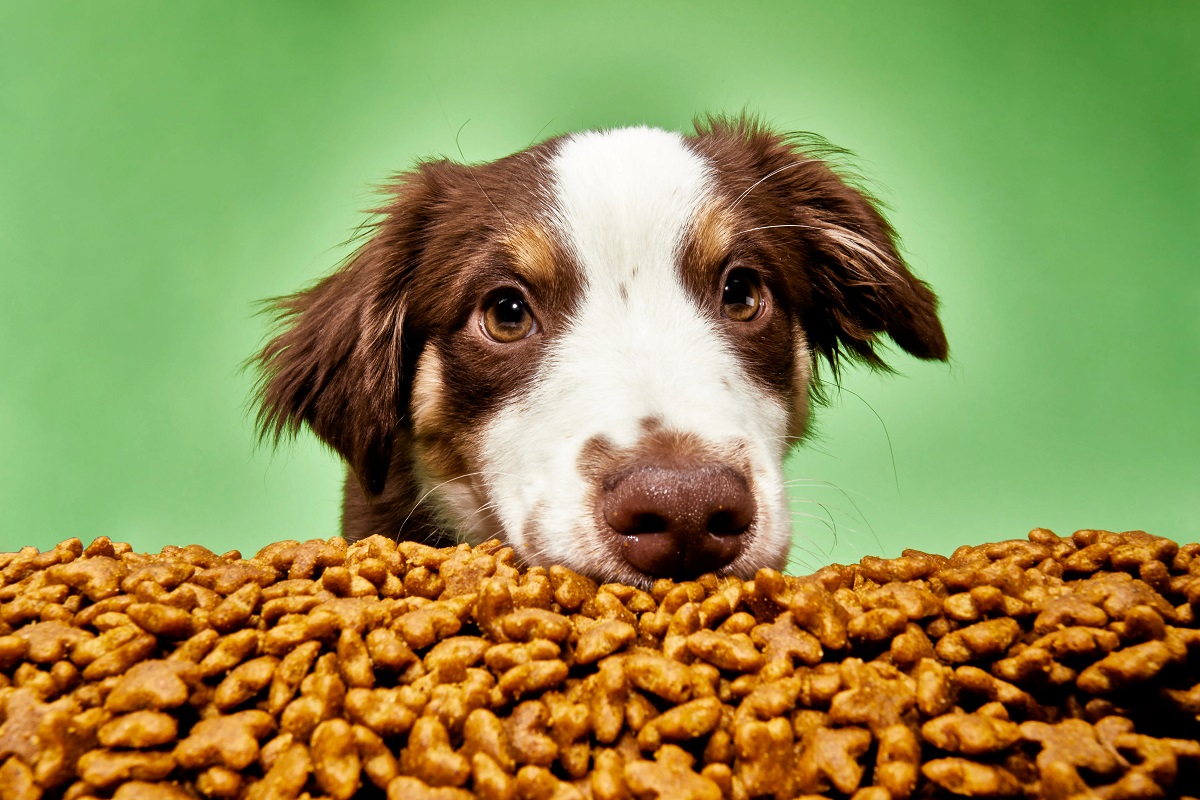Learning
How To Choose the Best Dog Food

Choosing the best dog food is essential for the health and well-being of your dog. With plenty of options available in the market, it can be overwhelming to make the right choice. However, by considering certain factors, you can provide your dog with a balanced and nutritious diet. In this post, we will share some ideas and recommendations so your pet can have a long and healthy life.
Consider Your Dog’s Age and Life Stage
When choosing the best dog food, it’s important to consider your dog’s age and life stage. Puppies, adult dogs, and senior dogs have different nutritional needs. Puppies require higher protein levels and calories to support their growth, while adult dogs need a balanced diet to maintain their weight and energy levels. Senior dogs may benefit from formulas that support joint health and digestion. Your dog’s specific life stage will help ensure they receive the appropriate nutrition.
Examine the Ingredient List
When examining the ingredient list, prioritize high-quality proteins listed as the first ingredients. Avoid products with fillers like corn, wheat, and soy. Steer clear from artificial colors, flavors, preservatives, and unidentified meat or meals. Also, check for the absence of potentially harmful ingredients like BHA, BHT, and Ethoxyquin, which are chemical preservatives linked to health concerns.
Understand Protein and Fat Levels
Protein and fat levels in dog food are critical for your pet’s health. Protein sources should primarily come from animal-based ingredients, which are more digestible and contain essential amino acids. Fat, meanwhile, provides energy and aids in nutrient absorption. Adult dogs generally need a diet with 18-25% protein and 5-15% fat. Puppies and active dogs require more. Always consult your vet for precise dietary needs, as these can vary based on breed, age, size, and health conditions.
Take Allergies and Sensitivities Into Account
When choosing the best dog food, it’s crucial to consider your dog’s allergies and sensitivities. Food allergies in dogs can manifest as skin issues, gastrointestinal problems, or chronic ear infections, among other symptoms.
If your dog has demonstrated sensitivity to certain ingredients, it’s best to avoid dog foods containing those allergens. Hypoallergenic dog foods, which are specially formulated to minimize the likelihood of an allergic reaction, can be a good option. These foods often use novel proteins (like venison or bison) or hydrolyzed proteins, which are broken down so extensively that the immune system doesn’t recognize them as an allergen.
Consider Special Dietary Requirements
As mentioned before, some dogs may have food allergies or sensitivities, requiring a specific diet. For instance, grain-free diets can benefit dogs with grain allergies, while a high-protein diet can help active breeds maintain muscle strength.
Dogs with certain health conditions, like diabetes, kidney disease, or heart problems, may need special diets, too. Diabetic dogs, for instance, can benefit from high-fiber foods that help control blood sugar levels.
Lastly, overweight dogs may need a fiber and low-fat diet to help them lose weight safely.
Give Your Dog Probiotics
Probiotics can be a beneficial addition to your dog’s diet, especially if you are introducing a new food. Dog probiotic contains yeast and live bacteria that are beneficial for your pet’s health, especially their digestive system.
Dogs, like humans, have a balance of “good” and “bad” bacteria in their guts, and sometimes this balance can be thrown off. Probiotics can help restore this balance, improving digestion and overall health. Petz Park probiotics have one of the best formulations on the market, so if you are considering probiotics, make sure to try their products.
Be Wary of Marketing Hype
Descriptive terms like “premium,” “holistic,” or “natural” are not regulated and can be misleading. Instead, focus on nutritional adequacy statements and ingredient lists. The best food for your pet isn’t necessarily the one with the most appealing marketing but one that meets their specific nutritional needs. Always consult a vet to ensure you’re making the best choice for your dog’s health.
Read Customer Reviews and Ask for Recommendations
Reading customer reviews and seeking recommendations when selecting dog food is beneficial. Reviews can provide real-world insights into the product’s quality and suitability for different breeds or health conditions. Recommendations from other dog owners, breeders, or your vet can guide you towards trusted brands. However, remember that every dog is unique, and what works for one may not work for another.
Transition Slowly
When switching to a new dog food, it’s essential to transition slowly. Abrupt changes can cause stomach upset. Start by mixing a small amount of the new food with the old, gradually increasing the new food over a period of 7-10 days. This allows your dog’s system to adjust to the new diet without discomfort. Always monitor your dog’s response during this transition period and consult with your vet if you notice any adverse reactions.




























